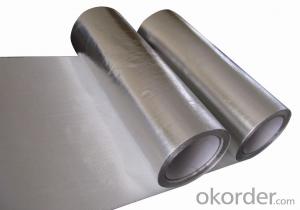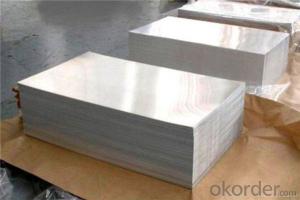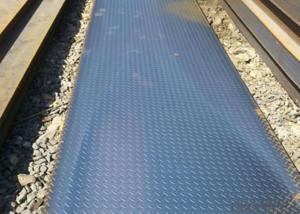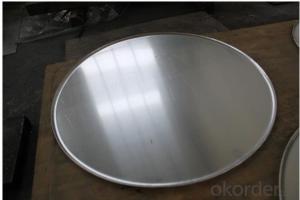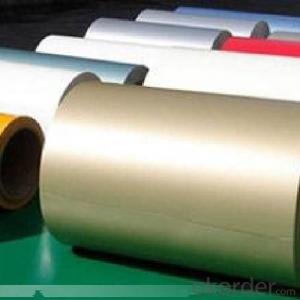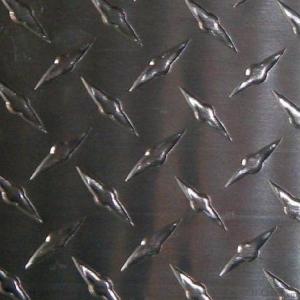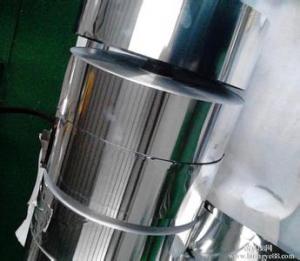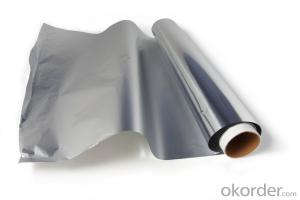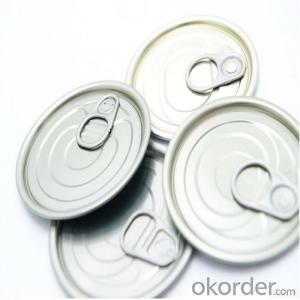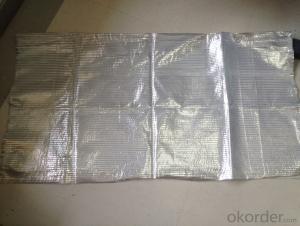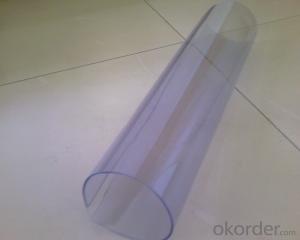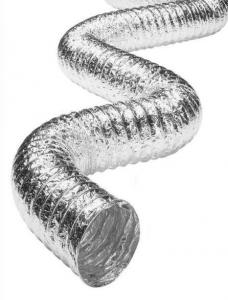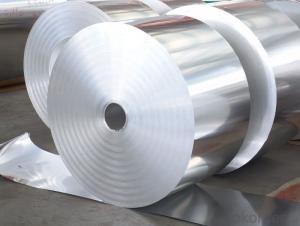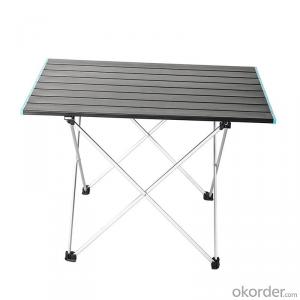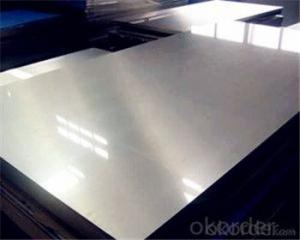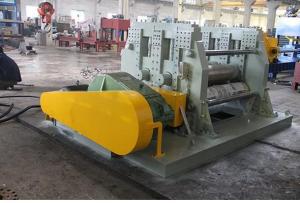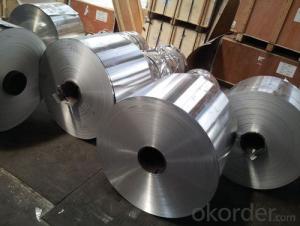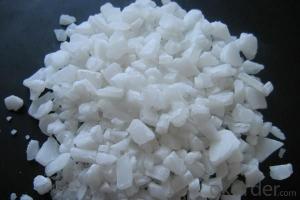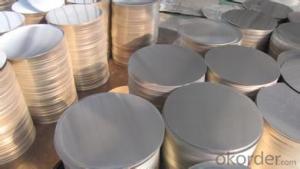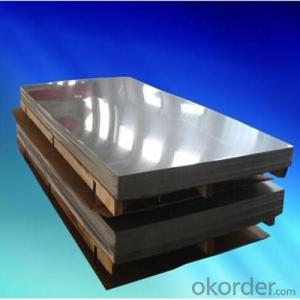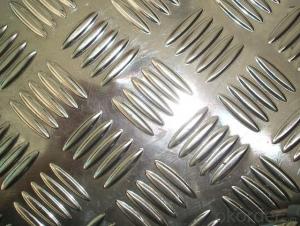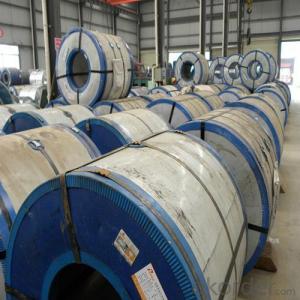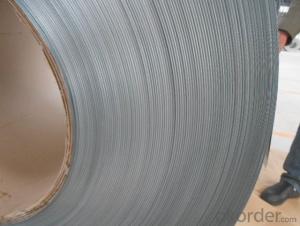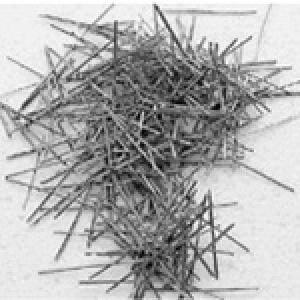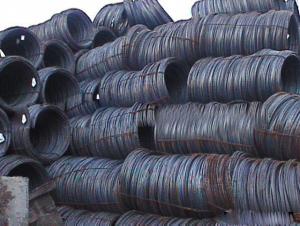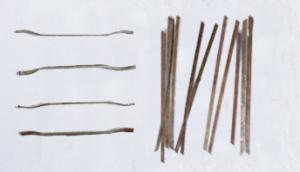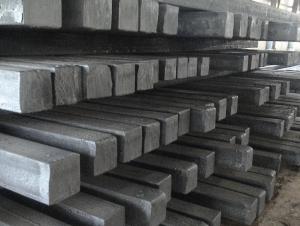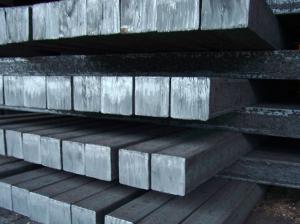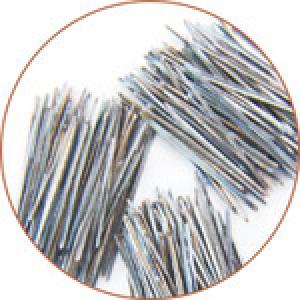Cheap Aluminum Plate
Cheap Aluminum Plate Related Searches
Cheap Aluminum Diamond Plate Buy Aluminum Plate Small Aluminum Plate Aluminum Plate Cost Aluminum Plate Price Cheap Aluminum Stock Cheap Checkered Plate Aluminum Plate Prices Cheap Aluminum Foil Aluminum Flat Plate Aluminum Plate For Sale Near Me Aluminum Wall Plate Aluminum Plate For Sale Aluminum Paper Plate Buy Aluminum Plate Near Me Thin Aluminum Plate Aluminum Cold Plate Aluminum Floor Plate Aluminum Plate Buy Aluminum Plate Price Per Pound Aluminum Base Plate Aluminum Metal Plate Aluminum Plate Suppliers Near Me Aluminum Cover Plate Decorative Aluminum Plate Pure Aluminum Plate Aluminum Plate Price Per Kg Aluminum Surface Plate Aluminum Plate Near Me Aluminum Sheet PlateCheap Aluminum Plate Supplier & Manufacturer from China
Cheap Aluminum Plate, known for its affordability and versatility, is a popular choice among various industries. These plates are made from aluminum, a lightweight and corrosion-resistant metal, and come in a range of thicknesses and dimensions to suit different requirements. They are widely used in construction, automotive, aerospace, and other manufacturing sectors, where their strength, durability, and low weight are highly valued.The application of Cheap Aluminum Plate spans across numerous usage scenarios, such as in the fabrication of structural components, transportation vehicles, and electronic devices. Its non-magnetic properties and resistance to electrical conductivity make it an ideal material for a variety of applications, including heat sinks, reflectors, and decorative purposes. The ease of fabrication and recyclability of aluminum plates also contribute to their popularity in sustainable and cost-effective manufacturing processes.
Okorder.com is a reputable wholesale supplier of Cheap Aluminum Plate, boasting a large inventory that caters to the diverse needs of customers. With a commitment to quality and competitive pricing, Okorder.com ensures that businesses have access to a reliable source for their aluminum plate requirements.
